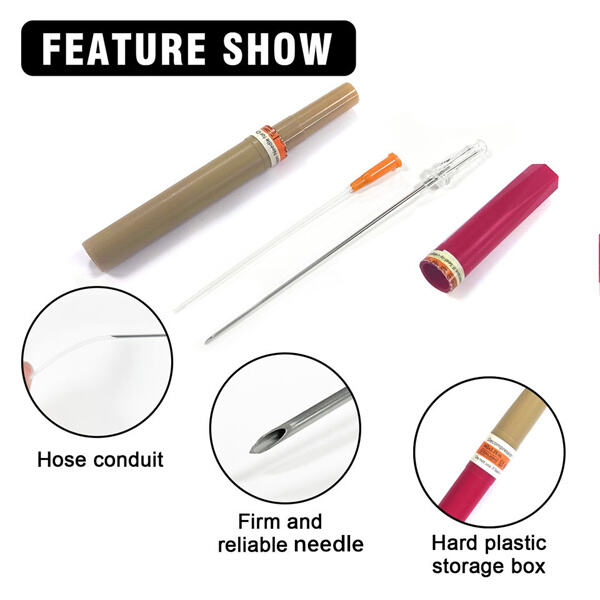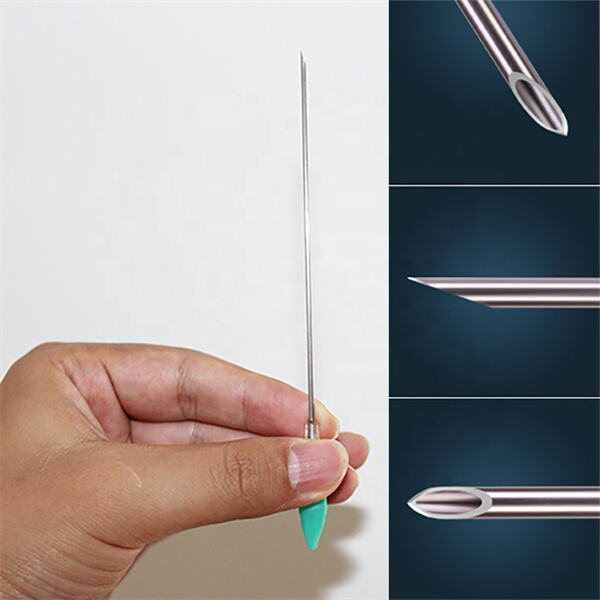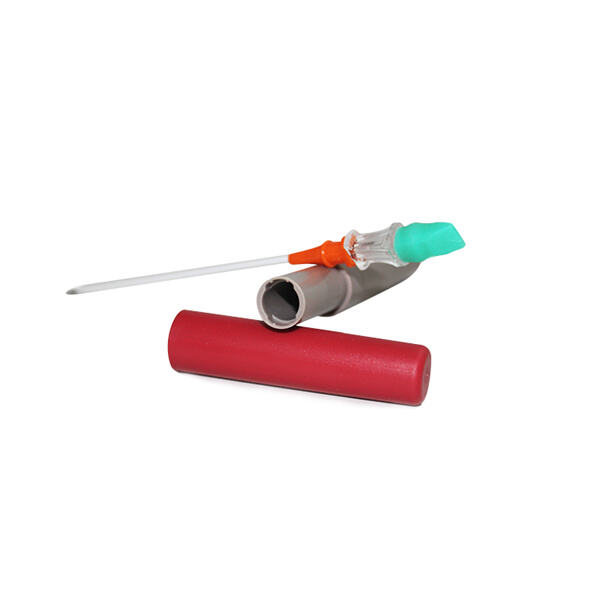The army is a unit in which, soldiers have to deal with difficult and dangerous situations. One of the most serious problems that they can have is chest trauma. Chest trauma occurs when there is an injury in the chest region, and it can be extremely life-threatening if not appropriately and promptly treated. The good news — in a morbid sort of way — is that there is a life-saving procedure known as Army Needle Chest Decompression if you do experience this type of injury. In this article we are going to discuss all about Army Needle Chest Decompression and when is it used and what do the soldiers need to get right to master this vital technique.
Army Needle Chest Decompression is a medical procedure done to relieve pressure built up around the lung(s) of a soldier who suffered from an injury. This pressure can increase in the event a soldier gets shot in the chest, or stabbed in the chest, or if they take a heavy fall on their back. That means that when air or blood begins to build up inside the chest, the lung can collapse and make it very difficult — if not impossible — for the soldier to breathe normally.
Army Needle Chest Decompression is implemented to avoid life threatening situations. The process is to insert a special needle into the chest and release the pressure so that an air trapped in can get out. It is a very effective procedure and can save a soldier's life in an emergency situation. Therefore, this is the type of procedure that soldiers and medics must learn to do correctly; doing it right can literally save lives.
Because chest trauma can be catastrophic for the soldier, it requires very careful and timely management. The first step is evaluating how serious the injury is. You to notice if the soldier is struggling to breathe, chest appears dilated, or they are coughing up blood. If you notice any of the above signs, the soldier might need an Army Needle Chest Decompression to allow him/her to breath easier.

Then, you need to locate precisely on the chest exactly where to insert the needle. An exception is this spot, which sits between the second and third ribs — an area that can shift depending on injury type. Once you find the spot, clean and sterilise it so that there’s no infection. Then you insert the needle at a right angle into the chest. This means you want to keep it aligned with the same position. It will make it easier for the soldier to breathe and feel better.

Army Needle Chest Decompression is an excellent, lifesaving tool, but soldiers need proper and comprehensive training to use it successfully. This means learning the exact steps of how to do it — and also when you need to do it. They also need to be proficient in the placement of a needle on the chest, along with how to clean the area adequately to prevent infections.

Medresq is focused on training Army Needle Chest Decompression Our educators are savvy medical professionals passionate about transferring knowledge on how to optimize acute chest trauma management on the front line. This procedure can be mastered through hands-on practice and soldiers will learn the skills needed to save someone from a life-threatening situation. This kind of training prepares them to have the confidence that they can react quickly in an emergency to provide aid for their fellow soldiers.
With precision testing, advanced production equipment, and a army needle chest decompression, we are able to provide reliable and top-quality emergency medical solutions for a variety of applications.
We are a army needle chest decompression manufacturer of high-quality medical emergency equipment, including kits for individual first aid as well as military-grade supplies and emergency medical supplies. This assures safety even in the most difficult of circumstances.
Our cutting-edge production line, with over 15,000 square meters of non-sterile spaces and 1000 square meters of army needle chest decompression is designed to ensure the highest manufacturing standards.
Our team of dedicated experts offers tailored solutions, exceptional customer service, and army needle chest decompression for customers with extensive medical emergency requirements.